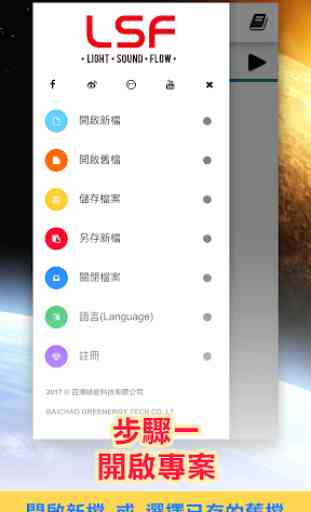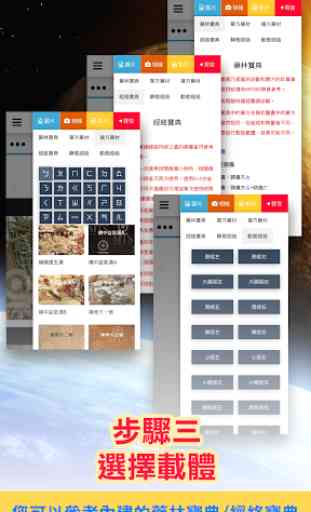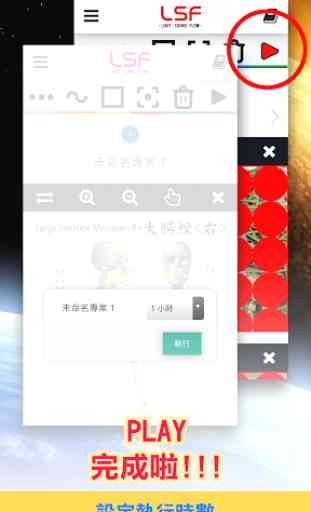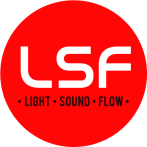LSF
In the past, patients being treated for soreness and aching in the limbs had to be physically connected the patient to machines. With medical treatment software, however, the patient’s voice is recorded and played back to the computer to enable the automatic identification of problematic bodily regions on the screen using software. Patients usually begin seeing improvements in their condition within a short period of time. Rather than having to remain stationary by the computer, patients are free to move about and engage in activities such as shopping, working and housecleaning without impediment.
Transcription resonance systems can resolve problems such as soreness and achiness, sports injuries, computer user syndrome, post-surgical complications, vision problems and chronic ailments.
If governments and corporations were willing to participate in research to build
cloud treatment systems, then they could generate profit for companies and reduce healthcare costs for governments. The people could reduce intake of prescription medication, injections, rehabilitation, and the fatigue that comes from traveling to and from hospitals, creating a green healthcare industry capable of minimizing environmental pollution. The government could then allocate the surplus funds to patients requiring advanced medical technology, thereby providing all individuals with access to healthcare regardless of economic status.
The molecular carriers used by transcription resonance systems include meridian-collateral diagrams, human anatomy diagrams, photographs of single compound formulas, biological high-quality photographs, patient photographs, X-ray images, and CT scans. This system can also be used to treat animals. It is simple to operate and can be accessed using a smart phone or computer.
Transcription resonance systems can resolve problems such as soreness and achiness, sports injuries, computer user syndrome, post-surgical complications, vision problems and chronic ailments.
If governments and corporations were willing to participate in research to build
cloud treatment systems, then they could generate profit for companies and reduce healthcare costs for governments. The people could reduce intake of prescription medication, injections, rehabilitation, and the fatigue that comes from traveling to and from hospitals, creating a green healthcare industry capable of minimizing environmental pollution. The government could then allocate the surplus funds to patients requiring advanced medical technology, thereby providing all individuals with access to healthcare regardless of economic status.
The molecular carriers used by transcription resonance systems include meridian-collateral diagrams, human anatomy diagrams, photographs of single compound formulas, biological high-quality photographs, patient photographs, X-ray images, and CT scans. This system can also be used to treat animals. It is simple to operate and can be accessed using a smart phone or computer.
Category : Health & Fitness

Related searches




